Did you know that Steve Jobs was quite the history geek, especially in relation to technology and media history? And although Mike Tyson isn’t thought of as one of the smartest people in the world, he has always kept himself well versed in war and boxing history. Perhaps this is one reason he has become so successful as a boxer.
Earning a degree in history will take you anywhere from 2 to 10+ years depending on how advanced of a credential you want to earn. From becoming a historian to working in the marketing industry, there are multiple career paths for a history major to travel down.
With an associate’s degree in history, you can expect to make around $30k to $40k a year. A bachelor’s degree will likely earn you about $40k to $60k a year. And a more advanced degree, like a master’s or doctorate, can easily propel you to make upward of $100k annually.
As you earn your degree, you will notice that much of your time is spent collecting and researching information. There is a good chance you will spend much of your time in computer labs and libraries. In fact, as you are earning a history degree, it is essential that you visit libraries to expand your knowledge.
You can also go to libraries to meet up with other history students to study for exams and share your knowledge with one another. When you’re at a library studying history, there are several study tips to keep in mind to ensure you ace your next exam.
Let’s take a quick look at the best libraries for history lovers and several tips for making sure you get the most out of your study time.
Library of Congress
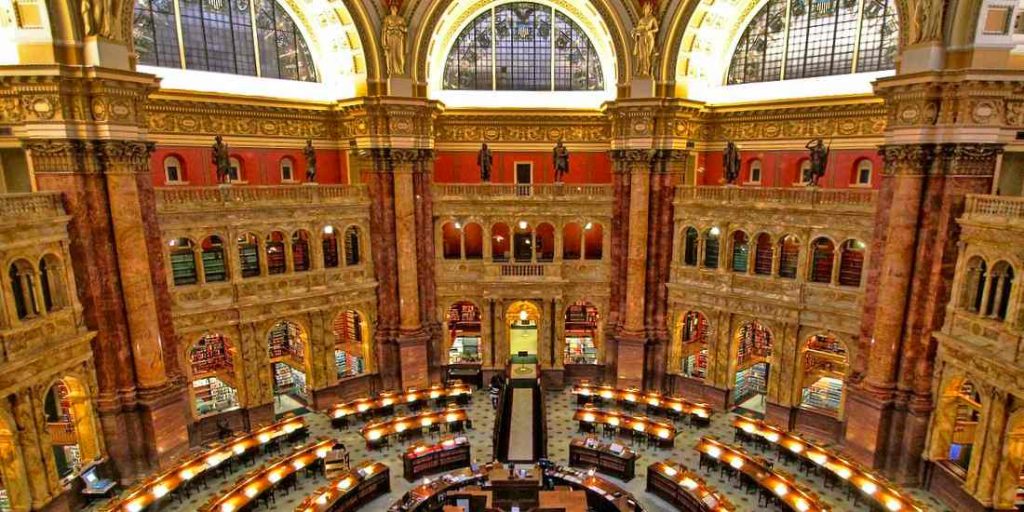
Well known for being one of the best national libraries, the Library of Congress has an amazing photo collection for history lovers. It is the oldest federal cultural institution in the United States and is drenched in history.
And did you know that this library is actually the largest in the entire world? That’s right! You could spend days on end studying here and still not even get through a fraction of everything it has to offer. The library itself is comprised of more than one building and delivers a neoclassical style. From murals to sculptures, the library has an extensively intricate interior and a copper roof that over the years has aged into a color of sea green.
When you’re studying at the Library of Congress, make sure to keep these two study tips in mind.
It’s Not All About the Dates
Many people get confused when studying history and think that it’s all about memorizing specific dates. The truth is, though, that instead of dates, history has more to do with large-scale trends. More so, it has to do with pinpointing which trends stand the test of time and which ones don’t. It also requires that you take a look at why some trends stick around and why others do not.
Understanding Historical Context
As you start studying trends and learn the how and why of things, you will then realize that not everything is set in stone. You also get a good understanding of history in its context and how things could have very easily gone the other way. And if they had, you see that the world would be so different than how it is. This also helps you understand why some countries are poor and others are wealthy. Or why some customs exist in some geographical locations, yet are completely unheard of in other places. Not only will you learn, but you will find yourself questioning things.
Harold Washington Library
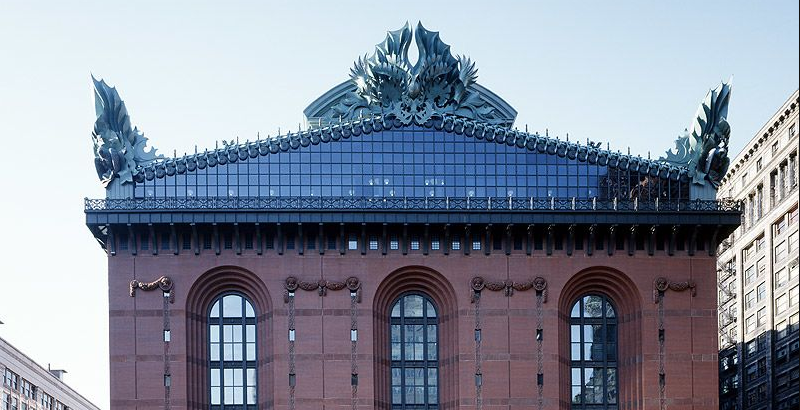
One glimpse that this library and you will immediately notice how modern it is. Although there is a hint of neoclassical architecture, new construction techniques give the building a modernized appearance.
You will find a wide collection of history books here as well as autobiographies and geography content. No matter the specific area of history you are wanting to go into, the Harold Washington Library is a great place to study. Four essential study tips to follow when visiting the Harold Washington Library include:
Learn From Examples, Not the Details
You are going to see that it is much easier to learn and study history when you learn from examples instead of details. Never does it mean that just because something happened in the past that it will work in the same way in the future. Nor does it mean that just because something didn’t work in the past that it won’t work at a later time. This is why it is best to not get so hung up on the tiny details. As we said before, you are studying trends and examples.
Avoid Becoming a Victim
Many people who study history fall victim to the falling, you need to make sure that you don’t:
- Anachronisms
- A particular historian’s ideological points of view
Every Historical Figure has Weird Quirks
It’s fun to learn the weird quirks of historical figures, but you don’t need to make much of them. After all, everyone has their own weird quirks. Just because Warren Buffet is known to “eat like someone from a poor black community” has nothing to do with who he is as a person who what he has accomplished and you should never place too much emphasis on a person’s quirks.
Understand That Failure Is Just as Important as Success
Many times, we praise people for their successes and down people for their failures. What you need to realize, however, is that failures are often just as valuable and important as succeeding. We learn from failures and we then can put together strategies for overcoming our failures so that we not only succeed but succeed in a manner that we would not have been able to achieve had we not failed in the beginning.
Jose Vasconcelos Library
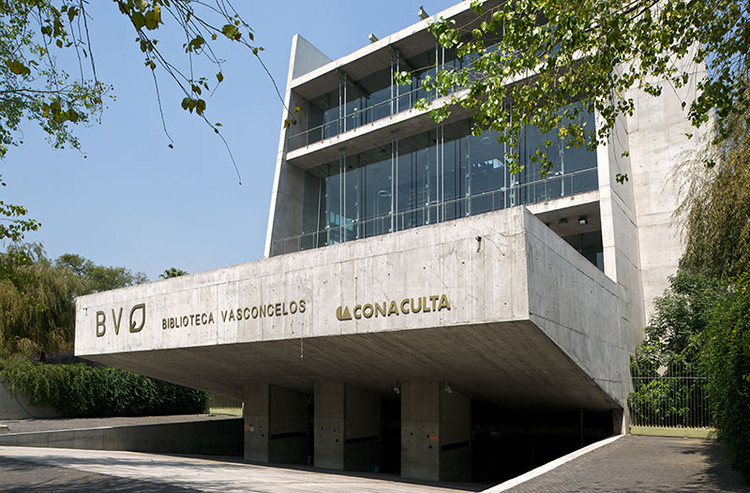
This beautiful library is found in the heart of Mexico. Going by the nickname “mega-library,” the Jose Vasconcelos Library takes up an astonishing 409,000 square feet.
If you find yourself wanting to complete your studies outdoors, you can always visit the library’s botanical garden. You’ll have access to more than 500,000 books when studying at this library, most of which are displayed on glass shelves that hang from the five stories found within. When you’re studying at the Jose Vasconcelos Library, make sure to follow these four tips:
Don’t Let Your Personal Bias Influence Your Learning
Just because you hate Hannibal doesn’t mean you don’t need to learn about him. And just because you really like Churchill doesn’t mean that everything he did positively impacted society.
As you are studying history, you must put your personal biases aside and learn history for what it is truly is — the facts. You never know what you will learn from people that you don’t have much favor for. This may be the very people that you learn the most from.
History Takes a Long Time
Once you study history, you are going to see that most things did not, in fact, happen overnight. History in and of itself takes a long time to play out– millions of years. This is why it helps to adopt a proper time-frame when studying history as this will help give you a clearer perspective on how things took place and how they impacted the next thing that occurred.
Everyone Has Flaws
Behind everyone who achieved something great is a person who has also endured many hardships and failures. You should take time to learn about these hardships as they can help you pinpoint trends in which certain people going through certain hardships and failures were able to move on to accomplish great things in life.
Order Does Matter
We already pointed out that studying history isn’t all about remembering specific dates, but it most definitely is about understanding the fact that events take place in a sequence and because of this, you need to understand that the key to success is succession.
With this in mind, you should always keep your notes in some type of chronological fashion and order. And by taking notes, this means you should have a lot. Studying history doesn’t mean you just read and remember important details. Studying history is more about learning the how of events and why they took place; this is when you need to write down your opinions. As you write notes, put them in categories according to topics, the time the events took place, and what they lead to.
When you are creating notes, don’t focus so much on the details. The details are already recorded in the books you are studying. Instead, create your notes so that they help you make connections between the facts that you are studying. This will allow you to get a better understanding of the how and why of things and it also helps you to memorize events more correctly.
Frederick Ferris Thompson Memorial Library in Vassar College
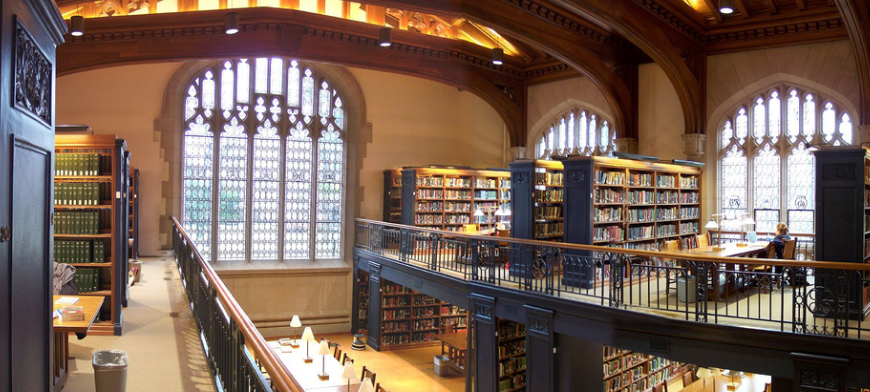
Housing close to one million books, this is another impressive library that is very large in size. In addition to the million books, you will also find 7,500 periodicals as well as an overly-large microfilm and microfiche collection.
There are three wings along with a central tower comprising the Frederick Ferris Thompson Memorial Library in Vassar College, with the most part of the building being the stained glass window located within the West Wing. The stain glass display features Elena Cornaro Piscopia — she studied at the University of Padua and was the first women in Europe to earn a doctorate degree.
When studying at this library, make sure to take advantage of flashcards.
Key Data Retention and Flash Cards
Sure, there is no denying that many history exams often ask questions that want you to remember specific dates and names. Because of this, you should use flash cards to your full advantage. When you are studying an event, write down all pertinent names and dates and quiz yourself using flashcards. This allows you to assess your levels of retention and it gives you a quick recap of the events you are studying.
Palafoxiana Library
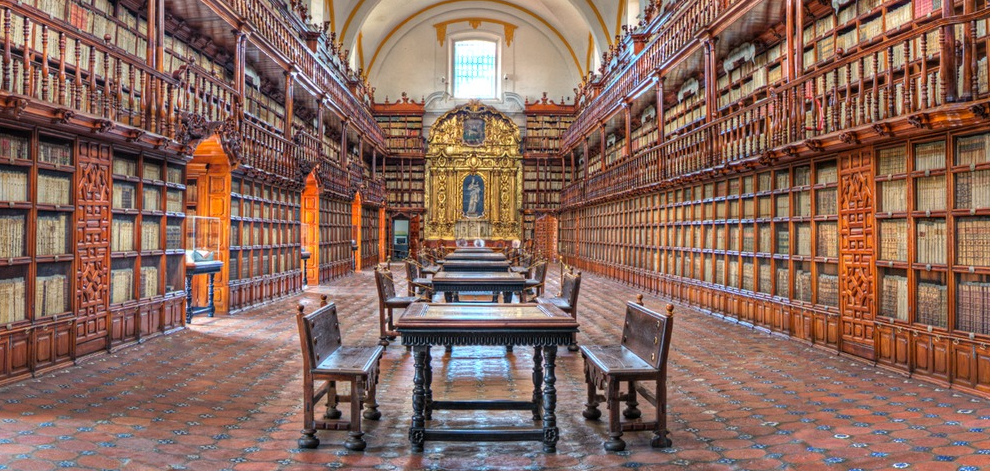
Another beautiful library perfect for history lovers and found in Mexico, the Palafoxiana Library was Mexico’s first public library, established back in 1646. From rare content to antique titles, you will find more than 41,000 books.
You’ll also want to take advantage of watching movies at the Palafoxiana Library, and when you do, make sure to follow this helpful study tip:
Going to the Library to Watch Movies
Most people don’t think of watching movies when going to the library, but in all actuality, the library is the perfect place to check out movies relating to history. From movies to documentaries to classic films, you can watch movies to expand your knowledge of history and how things happened.
Just always remember that most films and movies are not 100 percent true to historical fact, meaning not every aspect of the movie is going to be based fully on what actually happened in the past.
Beinecke Rare Book Library in Yale University
Created not to look pretty, the Beinecke Rare Book Library in Yale University was built with the sole purpose of protecting the extremely rare books that it houses. You will find windowless walls within as well as breathtaking marble structures.
One of the most notable aspects of the library is that it is now considered the largest building all across the globe that is designed for the purpose of protecting rare information, including one of the 48 copies of the Gutenberg Bible as well as early American newspapers, ancient papyri, and more.
One of the best ways to remember the information that you learn at this library is to:
Quiz Yourself
One of the best ways to get ready for a history test is to give yourself your own exam. And to help determine how much information you actually know, you are going to want to create the self-made exam out of multiple choice questions as well as fill-in-the-blanks. In fact, the fill-in-the-blank questions you have, the better.
Hopefully, you will be able to meet up with other students at the library who have already taken the exam you are prepping for. These students can give you a good idea of what information is going to be presented on the test and their top tips for going about remembering the information so that you can ace the exam the first time around.
Stephen A. Schwarzman Library
You have likely heard of this library, yet probably under a different name — the New York Public Library. Featured in many popular movies, the Stephen A. Schwarzman Library features two stone lions that guard the building. Inside you will find mesmerizing marble walls that are about three feet thick. Because of the impressiveness that the architecture delivers, this building was deemed a National Historic Landmark in 1965.
The shelves inside the library would extend more than 75 miles if they were all lined up together, and because the library has grown in collection size since it was first opened, it now has an underground part that goes under Bryant Park.
At the Stephen A. Schwarzman Library, you can create chart maps to help you remember what you study.
Create a Chart Map
We have expressed several times that studying history is all about pinpointing trends and connecting the dots between what happened and why it happened. This is why creating a chart map can be such a valuable resource when studying history, and this is especially true if you are a visual learner. With a chart map, you get a bird’s eye view of the events you are studying and how and why things occurred as they did. More so, you will be able to connect dots between facts and events that you probably would not have otherwise connected without this visual aid.
Library of Parliament
Originally a part of the Parliamentary headquarters located in Canada and constructed in 1876, the Library of Parliament was the only part structure that survived the massive fire that took place in 1916. This Gothic building is so well known and highly valued and treasured that it is found on the Canadian ten-dollar bill.
A funny fact about this library is that it was under construction for 10 years before it became known that the construction workers did not know how to create the domed roof that was in the original plans. Because of the misunderstanding and inability to create the domed roof, the Fairbairn Engineering Company built a prefabricated dome.
At the Library of Parliament, make sure to follow these valuable study tips to remember the information you learn:
Extract the Important Data
Did you know that most of history has actually been captured in some type of text format? This is why most people think of reading books when they think of studying history.
And while reading is essential in being able to learn history, you should realize that just because you read something doesn’t mean you are going to understand it, nor does it mean you are going to remember the information. Fortunately, it is possible to extract the most important information from reading books without actually having to read all of them.
Not all words in history books are of equal weight. In fact, only about 25 percent of them matter. This is why when you are studying, you should skim the content and extract the pertinent data and information and write it down. This is the information that you will want to memorize and use to study for your exams and tests.
Being able to decipher which information is the most important starts with reading through the title and subheads. This is where you are going to find keywords; these keywords are going to outline the most important information that the text talks about.
Use a Variety of Sources
One of the most important things you can do when studying history, especially at libraries, is to take advantage of the many sources of data you have access to. The more primary and secondary forms of sources you tap into, the more thorough of an understanding you are going to have in regards to history and the true facts.
Excellent forms of primary sources you can access at libraries when studying history include documents and films; these will give you a direct view and perspective of what happened, how it happened, and why it happened. But remember, you are still going to need to do your part in connecting the dots between details and events.
Another example of a primary source information is the United States Constitution. As you are reading through this documents, you will see how it had a direct impact in the founding of the United States.
Another example of a primary source of information is the Diary of Anne Frank; this book was written in first-person during the Holocaust as well as during World War II, giving you facts and truths that stem from an up close and personal first-hand experience.
Secondary sources of information that you will find at libraries are publications, as well as films and documentaries, that provide a study of various primary sources. For example, a history book is a secondary source of information.
Thanks to secondary sources, you will gain a perspective on historical events that is far wider than those gained from primary sources. No matter the types of sources you read, though, remember that both can have biases. You will want to pinpoint these biases and make sure you don’t let them influence your perspective on what really happened.
Studying History Is Crucial to Earning a Degree in History
You can’t earn a degree in history without studying history. And as you go about studying the various events that your professors ask you to study, you should go above and beyond and study far more parts of history.
The more you know, the more you can understand. And the more you understand, the more successful you will be able to be when using your history degree in whatever occupation you choose to use it for. You will also find that the more you know about history, the broader the range of occupations that you will be qualified for.
Libraries are often the first place history students turn to when it comes to studying history. And as we have already outlined, there are more than a few great libraries across the world that are devoted to expanding everyone’s knowledge of history and why society is the way it is. So why wait? Start your journey today and visit some of the world’s best libraries for history students.
The Takeaway
No matter the type of history degree that you are going to school to earn, you can always gain knowledge by visiting any of the libraries listed above. If you have the time, you should try to visit all of them to help expand your knowledge as much as possible.
<
